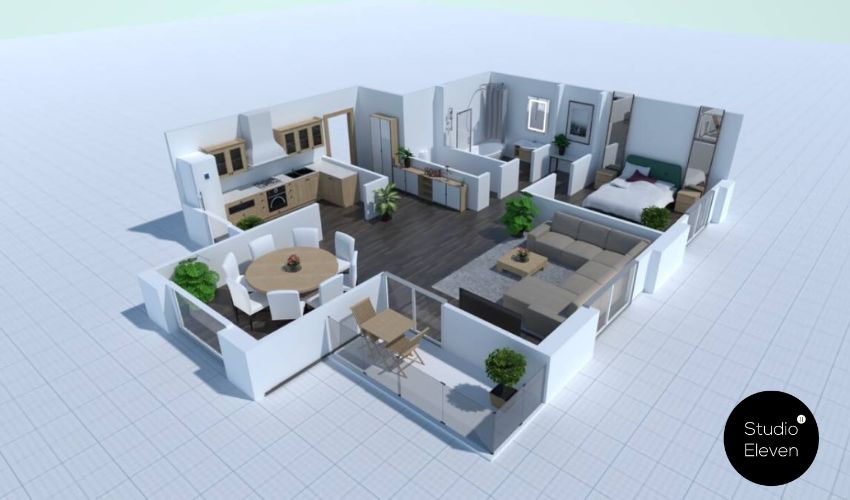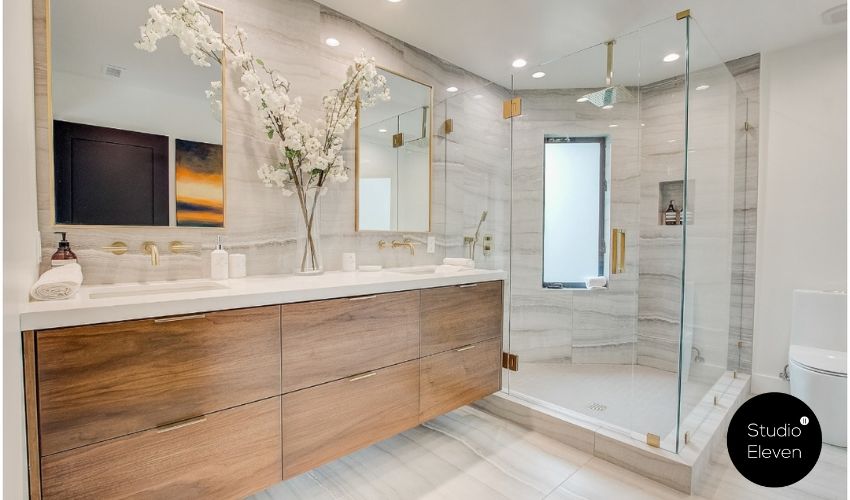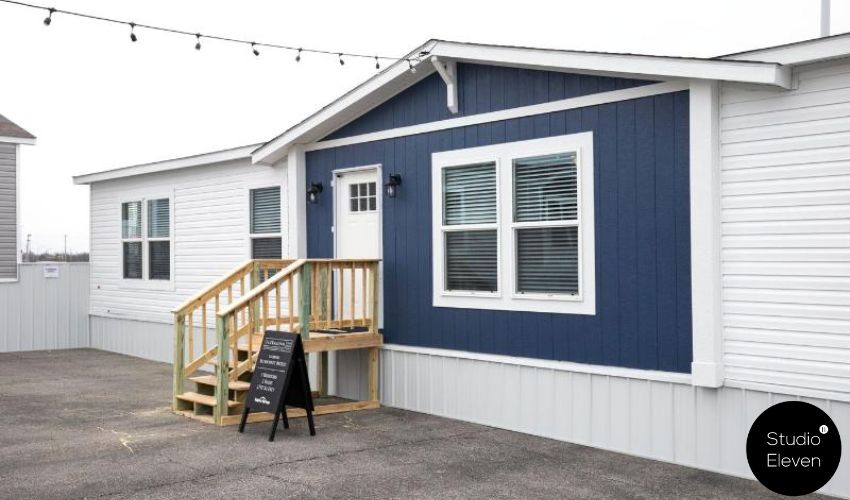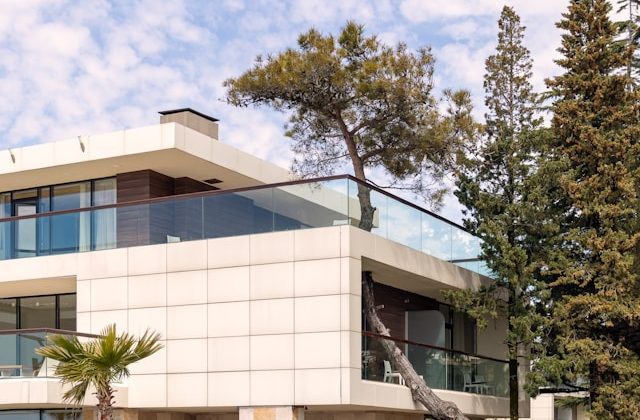
Tips on How to Design an Eco Friendly House
Interior design for an eco-friendly house can be challenging. You have to consider many factors before choosing something for your home. This can take some time, but you can eventually grasp it.
If you’re wondering how to design an eco-friendly house, it all starts with choosing the best location. There’s much more you can do to your house that contributes less to the carbon emission in the world. Here are some practical tips that you can use to decorate your house in an eco-friendly way:
- Location of the house
- Passive solar design
- Insulation
- Energy-efficient appliances
- Rainwater harvesting
- Green roof or living wall
- Natural ventilation
- Recycled and sustainable materials
- Solar panels
- Low VOC paints
Location Matters
Choose your house location wisely. Look for a spot that maximizes natural light and minimizes energy consumption. South-facing homes get more sunlight, reducing the need for artificial lighting during the day. If you’re purchasing the house, look for south-facing homes first and move to other options if you don’t find anything within your budget.
Passive Solar Design
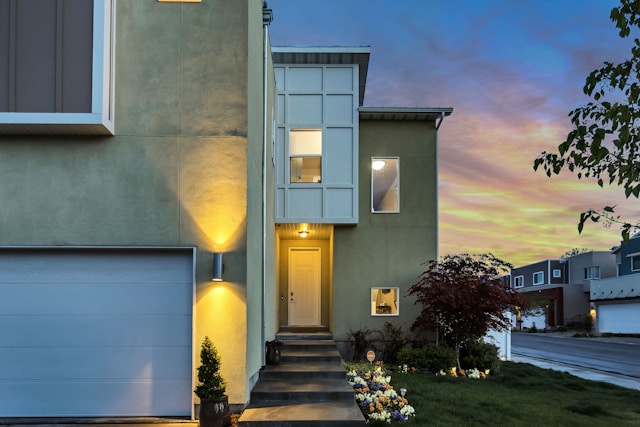
Embrace the sun! Opt for large windows and strategically position them to capture sunlight. This not only brightens your home but also warms it naturally. In colder climates, consider adding thermal mass (like concrete floors) to store heat during the day and release it at night.
Insulation Is Key
Good insulation keeps your home cozy in winter and cool in summer. Use eco-friendly materials like cellulose, wool, or recycled denim. Proper insulation reduces the need for heating and cooling systems, saving energy and money.
Energy-Efficient Appliances
When choosing appliances, look for the Energy Star label. These appliances consume less electricity, which is great for your wallet and the environment. Moreover, opt for LED bulbs—they last longer and use less energy.
Rainwater Harvesting
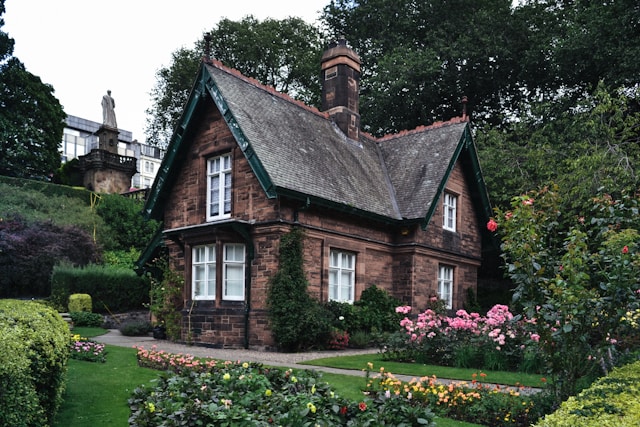
Collect rainwater from your roof and use it for gardening or flushing toilets. It’s a simple way to reduce water waste and lower utility bills. A good landscape design can help you maximize rainwater absorption.
Green Roof or Living Wall
Consider a green roof covered in plants or a living wall with climbing vines. These look beautiful, provide insulation, absorb rainwater, and improve air quality. A fit out company might be the best option for you to help with it, so don’t forget to get in touch with our experts.
Natural Ventilation
Design your house to allow cross-ventilation. Open windows on opposite sides to let fresh air flow through. It’s refreshing and reduces the need for air conditioning.
Recycled and Sustainable Materials
Use reclaimed wood, recycled glass, and sustainable materials like bamboo or cork for flooring, countertops, and furniture. These choices minimize environmental impact and add character to your home.
Solar Panels
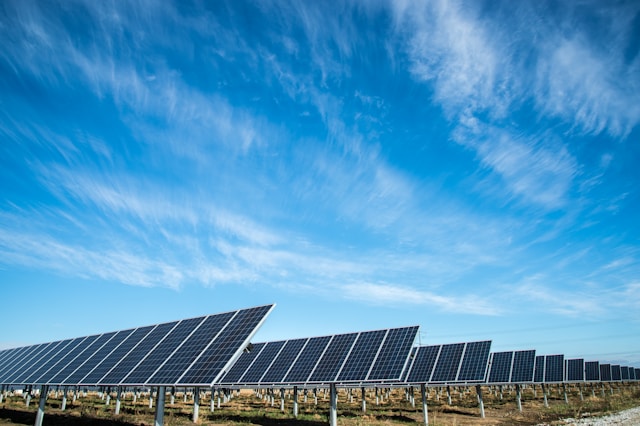
Invest in solar panels to generate your electricity. They pay for themselves over time and significantly reduce your carbon footprint.
Low-VOC Paints
Traditional paints release volatile organic compounds (VOCs) into the air. Opt for low-VOC or zero-VOC paints—they’re better for your health and the planet.
Final Thoughts on Eco-Friendly House Design
Designing an eco-friendly house involves thoughtful choices at every step. By incorporating these tips, you’ll create a home that’s beautiful and kind to Mother Earth. Let’s build a greener future, one house at a time!


